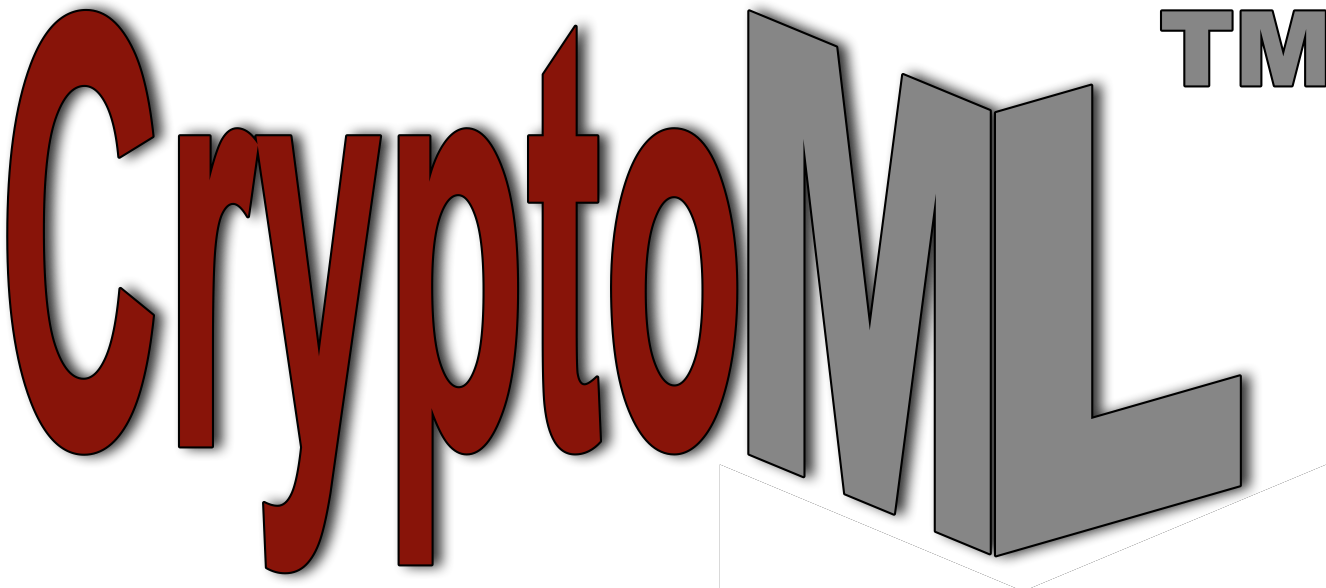Description: Malware is an umbrella term derived from "malicious software", and refers to any software that is intrusive (unauthorized access), disruptive, or destructive to computer systems and networks. Malware may take many forms (executable code, data files) and includes, but is not limited to, computer viruses, worms, trojan horses (trojans), bots (botnets), spyware (system monitors, adware, tracking cookies), rogueware (scareware, ransomware), and other malicious programs. The majority of active malware threats are usually worms or trojans rather than viruses.@import((Attacks-Malware-Comparison))
Targets: Ubiquitous: Large enterprises, Small-Medium Businesses (SMBs), home and mobile computer/phone users.
Countermeasures: Common malware remedies for SMBs and home computer users include, but are not limited to, firewalls, anti-virus software, anti-spam software, and practicing good Cyber hygiene habits. Remedies for larger enterprises include all the above as well as specialized anti-malware software and rigorous Penetration Testing.
- Computer Viruses (Viruses)
- Computer Worms (Worms)
- Trojan Horses (Trojans)
- Spyware - System Monitors, Adware & Web-Tracking Cookies…
- Rogue Security Software (Rogueware) - Scareware, Ransomware…

